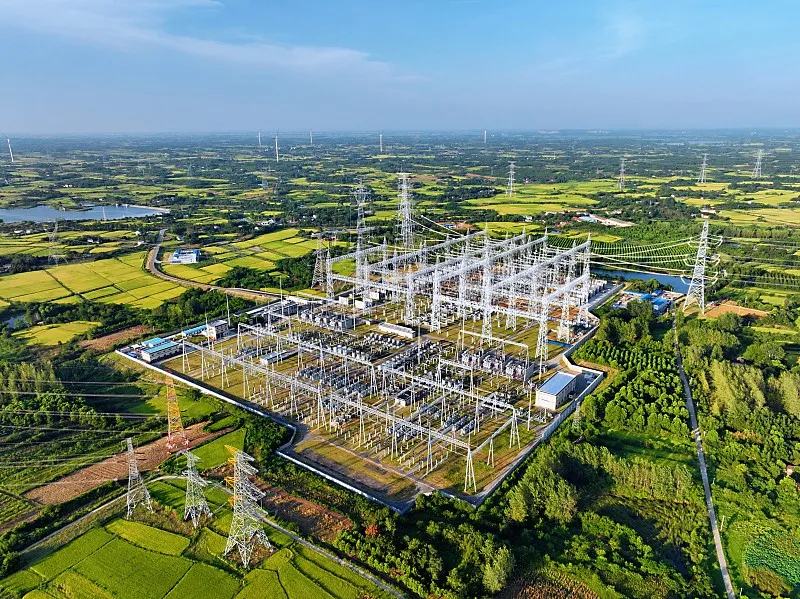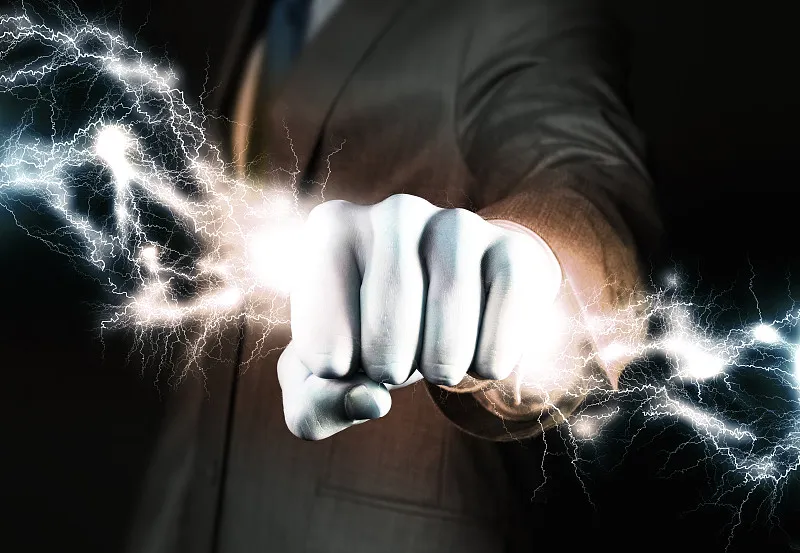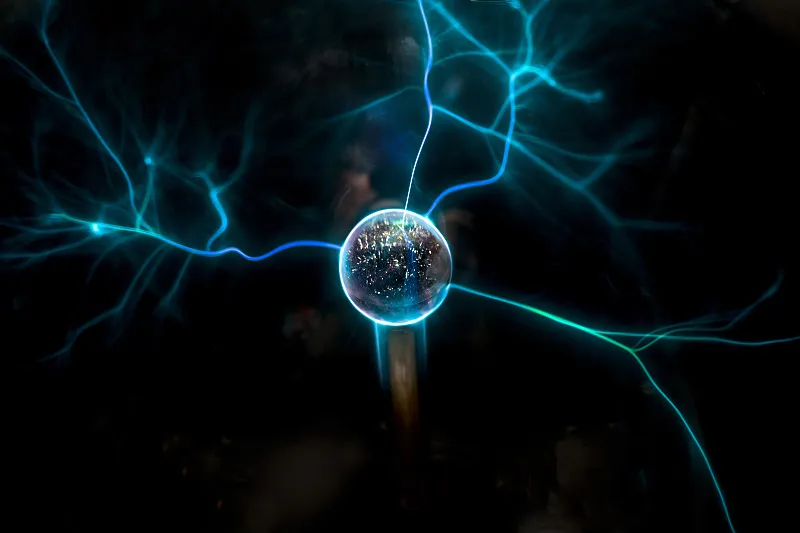Effortless Cooking with Gas Pizza Ovens for Authentic Flavor
Why Gas Pizza Ovens Deliver Authentic Flavor Effortlessly
The Science Behind Gas Oven Heat Distribution
Gas pizza ovens employ a unique design that ensures even heat distribution, which is crucial for uniformly cooking pizzas to perfection. The consistent temperature range achieved by these ovens greatly enhances the Maillard reaction, a chemical reaction between amino acids and reducing sugars that gives baked goods their distinctive warm aroma and browned appearance. Recent advancements in gas oven technology, such as convection fans and multiple burners, further refine this cooking environment. Studies emphasize that the robust thermal regulation offered by these features helps in achieving ideal flavor and texture profiles in pizzas [Source: Journal of Culinary Science & Technology].
Comparing Gas vs. Wood-Fired Cooking Efficiency
When it comes to efficiency, gas ovens outshine their wood-fired counterparts by igniting quickly and reaching high temperatures—up to 800°F—much faster than wood-fired ovens. This rapid heating capability is particularly advantageous in busy commercial settings where time is a premium. Research has shown that gas ovens can effectively reduce cooking times by up to 40%, which is exceptionally beneficial for high-volume pizza businesses. Although wood-fired ovens lend a signature smoky flavor, gas ovens offer unparalleled consistency, making them preferred choices for many chefs seeking reliability in their cooking process [Source: Culinary Business Review].
Infrared Heating Technology for Perfect Crispness
Infrared heating elements found in gas ovens apply direct heat, which is pivotal for producing a crispy crust without the risk of overcooking toppings. This technology plays a significant role in retaining moisture while ensuring caramelization on the pizza's surface. A study published in the International Journal of Heat and Mass Transfer underscores how infrared heating allows gas pizza ovens to replicate traditional wood-fired flavor yet optimize cooking times significantly. By leveraging this technology, chefs can achieve an exquisite balance between crust crispness and flavor, elevating their overall culinary offerings [Source: Food Technology Magazine].
Key Features of Commercial-Grade Gas Pizza Ovens
High-Temperature Capabilities (800°F+)
Commercial gas pizza ovens are renowned for their ability to attain and maintain high temperatures, often reaching 800°F or more. This capability is fundamental when cooking Neapolitan-style pizzas that require quick, high-temperature baking to achieve their signature taste and texture. These ovens are engineered to sustain such heat levels over extended periods, ensuring that every pizza emerges with a consistent quality, no matter how busy your restaurant gets. Culinary experts often emphasize the importance of this feature, as these high temperatures are essential for creating the perfect balance of a chewy yet crispy crust.
Durable Construction: Ceramic & Stainless Steel
The construction quality of commercial gas pizza ovens is paramount, with most leading models utilizing ceramic and stainless steel materials. These materials not only contribute to the ovens' durability but also facilitate easy maintenance—a critical factor in busy kitchens. Ceramics are particularly valued for their ability to retain heat efficiently, ensuring consistent cooking temperatures. Meanwhile, the stainless steel exterior not only withstands the wear and tear of repeated use but also maintains its aesthetic appeal over time. Industry standards highlight these materials as the epitome of quality, ensuring that the ovens can withstand the hectic demands of a commercial setting.
Versatile Fuel Options: Propane vs Natural Gas
Flexibility in fuel options is another key advantage of commercial gas pizza ovens, as they can operate on either propane or natural gas. This versatility allows restaurants to choose based on their specific needs and fuel availability. Propane offers a higher energy content per unit, making it a preferred choice for mobile kitchens or catering services where efficiency is paramount. Industry guidelines recommend evaluating local gas tariffs to identify the most cost-effective solution, ensuring your business operates efficiently without compromising on the quality of the pizzas served.
Compact Designs for Indoor/Outdoor Use
Many commercial gas pizza ovens are designed with compact dimensions, making them suitable for both indoor and outdoor culinary environments. This versatility is a boon for restaurant businesses aiming to expand their service offerings creatively. Portable and easy-to-maneuver ovens enhance the potential to cater to events, food trucks, and outdoor dining experiences without significant spatial constraints. Experts affirm that these adaptable designs are particularly beneficial for those involved in mobile food services and for venues hosting regular outdoor events, delivering both convenience and quality in one package.
Mastering Neapolitan-Style Pizza in 90 Seconds
Optimizing Stone Temperature for Thin Crusts
Achieving the perfect stone temperature is crucial for creating thin crusts that are crispy yet light. Culinary experts suggest preheating the stone to approximately 800°F. This temperature allows for rapid cooking, which is essential for achieving the ideal texture associated with Neapolitan-style pizzas. Research indicates that understanding the dynamics of stone heating can lead to mastery in thin crust cooking, as it ensures consistency and quality in every slice. Adjusting the stone's position in relation to the flame further enhances cooking consistency and ensures uniform brownness across all pizza types.
Balancing Top Flame and Base Heat
Balancing the top flame and base heat is another key aspect of mastering pizza cooking. Many chefs fine-tune gas burner settings to achieve the perfect balance between these two elements. Experts recommend using flame height adjustments to alter cooking dynamics according to the pizza style being prepared, which can drastically reduce cooking times and enhance flavor profiles. Regular adjustments based on the specific pizza can enhance the overall cooking process, ensuring that each pizza emerges perfectly cooked and delicious.
Essential Tools: Peels and Thermometers
To excel in pizza-making, it's imperative to utilize essential tools such as pizza peels and infrared thermometers. Professional pizza peels, available in wooden or metal versions, are vital for safely transferring pizzas in and out of the oven with ease. An infrared thermometer is indispensable for accurately gauging stone temperature, optimizing the cooking results, and ensuring the desired level of crispiness. Maintaining these tools in peak condition is crucial, as experts advocate for well-maintained equipment to consistently produce high-quality pizzas. These tools not only streamline the pizza-making process but also contribute significantly to achieving consistent and delightful flavors.
Maintenance Tips for Long-Term Performance
Cleaning Refractory Stones Properly
Proper cleaning of refractory stones is crucial for preserving the flavor of pizzas and ensuring longevity of the cooking surface. Soap or harsh chemicals can alter the stone’s natural properties, so industry guidelines suggest using a scraping tool paired with hot water to effectively clean surfaces without damaging them. Additionally, regularly rotating these stones can mitigate uneven wear, allowing them to maintain uniform heat distribution and prolong their lifespan.
Winterizing Outdoor Gas Heater Components
Winterizing outdoor gas ovens and heaters is essential to prevent damage from cold weather conditions. Following certain steps can safeguard your equipment, such as removing gas lines and insulating any exposed parts. Before storing for winter, thoroughly cleaning the oven can minimize the risks of rust or corrosion. Investing in protective covers is another effective strategy to extend the lifespan of outdoor ovens by shielding them from harsh weather.
Troubleshooting Common Gas Line Issues
Regular inspection of gas lines is a proactive measure to prevent severe issues. Manufacturers generally recommend checking gas lines periodically for leaks or blockages. Recognizing signs of gas flow problems early can help in addressing those concerns quickly, which might only require simple maintenance or repairs. For larger issues, professional assistance is advised to ensure safety and compliance with local regulations, thus securing long-term performance of your equipment.







